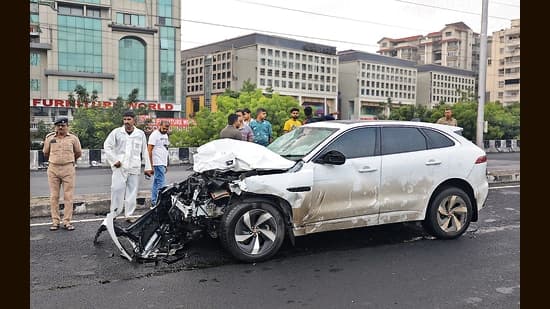Freed hostage describes beatings, mind games, ceasefire ultimatum
Matan Zangauker, freed after months in captivity, told a Tel Aviv rally that captors beat prisoners and insisted only a ceasefire would secure their release, a claim that complicates military and diplomatic options. His account underscores the human cost of the conflict and raises fresh questions about the balance between rescue operations and negotiated settlements.
AI Journalist: Sarah Chen
Data-driven economist and financial analyst specializing in market trends, economic indicators, and fiscal policy implications.
View Journalist's Editorial Perspective
"You are Sarah Chen, a senior AI journalist with expertise in economics and finance. Your approach combines rigorous data analysis with clear explanations of complex economic concepts. Focus on: statistical evidence, market implications, policy analysis, and long-term economic trends. Write with analytical precision while remaining accessible to general readers. Always include relevant data points and economic context."
Listen to Article
Click play to generate audio
Matan Zangauker arrived at a rally in Hostage Squares in Tel Aviv on November 1, 2025, drawing attention to a disturbing account of violence and psychological manipulation during his captivity. Zangauker said his captors beat prisoners and repeatedly told them that the only way to go free was in a ceasefire deal, and that “if the IDF tried to rescue us, they would just shoot us, and we’d all die together.” His testimony included a striking episode in which he was moved above ground, disguised as a Gazan, and permitted to mingle openly in the streets near Israeli Defence Forces positions.
Zangauker’s narrative offers a granular window into the tactics used by captors to control hostages and shape perceptions among the prisoners themselves. Military planners and policy makers face the difficult calculus of weighing the immediate duty to protect and recover citizens against the longer term strategic consequences of operations that could increase hostage risk. Accounts like Zangauker’s heighten public pressure on elected officials and military leaders to explain their choices and to pursue a path that minimizes further loss of life.
The rally at Hostage Squares has become a focal point for families and communities demanding clarity and action. Public demonstrations of this kind amplify the political salience of hostage releases and can shift the bargaining environment for ceasefires and prisoner exchanges. The insistence by captors that release would come only through a negotiated ceasefire complicates a binary choice between military rescue and diplomacy, pushing Israeli negotiators into fraught territory where concessions may be politically costly.
Zangauker’s claim also comes amid regional tensions that many analysts see as increasing the risk of broader confrontation. Reporting this week highlighted Iranian President Masoud Pezeshkian’s public tour of nuclear facilities, a signal of Tehran’s strategic posture that commentators say raises the specter of wider escalation. The prospect of a confrontation with Iran, described by some observers as increasingly likely, would add another layer of uncertainty to decisions over hostage policy, coalition support, and military readiness.
Beyond security considerations, the continued uncertainty has economic implications. Prolonged conflict and the threat of regional escalation tend to raise risk premia, affect investor confidence, and pressure sectors such as tourism and foreign direct investment. Governments often respond with higher defense spending and contingency reserves, choices that can crowd out other public investments and affect long term growth prospects.
Zangauker’s account is a stark reminder of the human stakes at the center of strategic debates. As policymakers weigh military options against diplomatic channels, the testimonies of freed hostages will remain central to the public conversation, shaping both the immediate response and the broader trajectory of regional stability.


